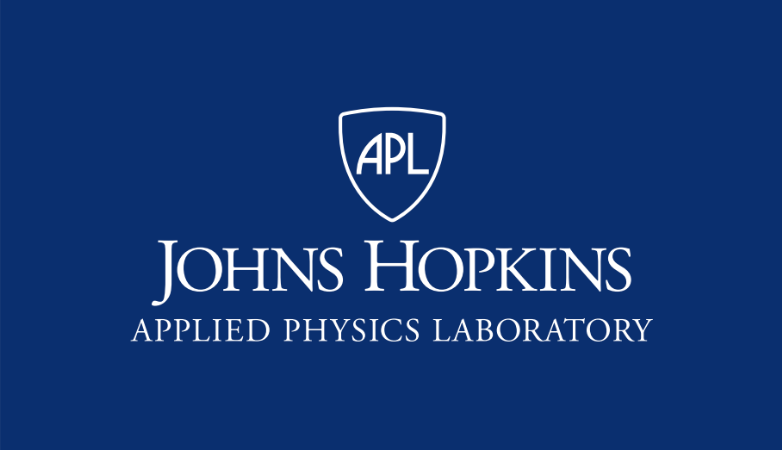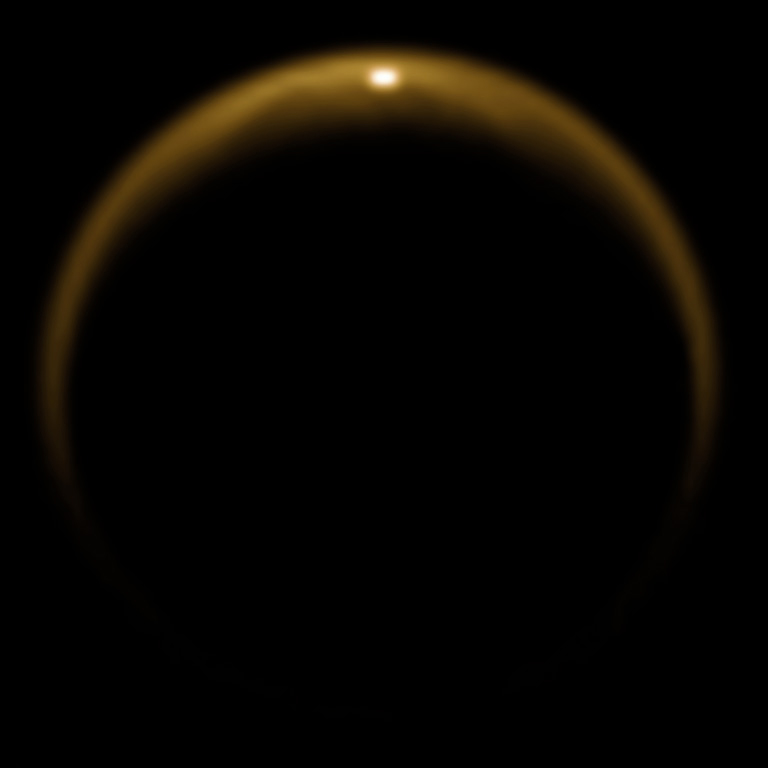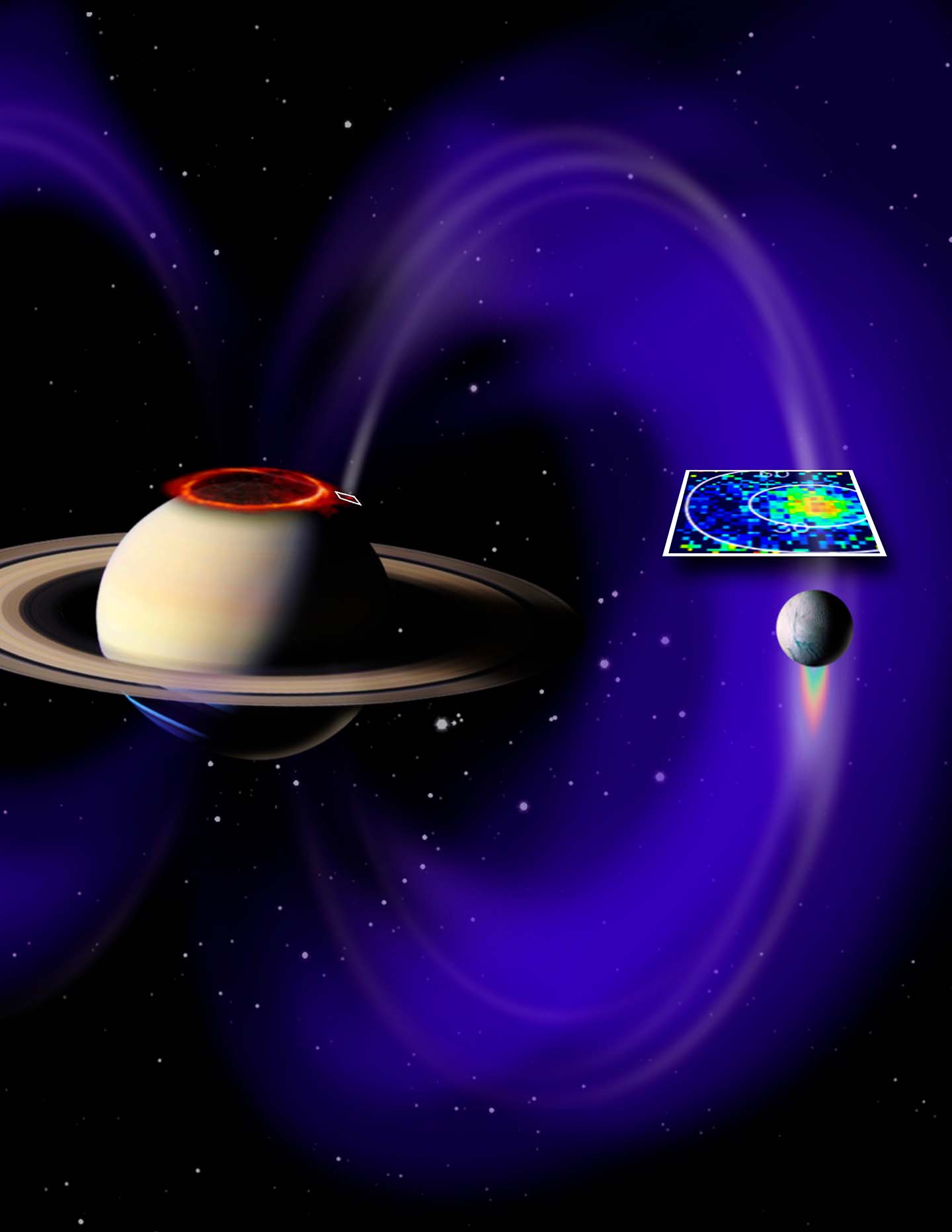
Press Release
May 16, 2011
APL-Built Plasma Detector Launches on Space Shuttle Endeavour
Canary, a plasma spectrometer, will investigate the interaction of approaching spacecraft with the background plasma environment around the ISS and disturbances in the ionosphere caused by space vehicles.

Press Release
May 12, 2011
Johns Hopkins Applied Physics Lab Names 2010 Best Inventions
A novel way to monitor and treat hardening arteries from inside the body, and a clever method to provide covert monitoring and communications, are the winners of the Johns Hopkins University Applied Physics Laboratory’s Invention of the Year and Government Purpose Innovation awards for 2010.

Press Release
May 6, 2011
Sailing the Titan Seas
The Johns Hopkins University Applied Physics Laboratory (APL) in Laurel, Md., is managing a project to explore the organic seas of Saturn’s moon Titan, one of three proposals selected by NASA this week as candidates for the agency’s next Discovery Program mission.

Press Release
May 6, 2011
100 Orbits and Counting
Later today, MESSENGER will begin its 100th orbit around Mercury.

Press Release
May 3, 2011
Measuring Mercury’s Surface Composition
MESSENGER carries a Gamma-Ray Spectrometer (GRS) capable of measuring and characterizing gamma-ray emissions from the surface of Mercury.

Press Release
Apr 26, 2011
Profiling Polar Craters with the Mercury Laser Altimeter
MESSENGER's Mercury Laser Altimeter (MLA) will measure the topography or surface relief of the northern hemisphere of Mercury. That data will be used to create topographic maps, which will help characterize the geologic history of the planet.

Press Release
Apr 20, 2011
Icy Moon Zaps Saturn with Electron Beams
Scientists working with data from NASA’s Cassini mission — now in its sixth year of operations at Saturn — have discovered an electrical current running between Saturn and its moon Enceladus that creates an observable emission on the ringed planet.

Press Release
Apr 19, 2011
Mercury’s Exosphere: A Brief Overview
One of the primary science goals of MESSENGER is to study Mercury's very thin atmosphere, or exosphere. Although observations of the exosphere from orbit have begun, these data must be carefully calibrated, and analysis is still underway.

Press Release
Apr 4, 2011
MESSENGER Kicks Off Yearlong Campaign of Mercury Science
The spacecraft will fly around Mercury 700 times over the next 12 months, and its instruments will perform the first complete reconnaissance of the cratered planet’s geochemistry, geophysics, geological history, atmosphere, magnetosphere, and plasma environment.

Press Release
Mar 29, 2011
MESSENGER Sends Back First Image of Mercury from Orbit
MESSENGER has delivered its first image since entering orbit about Mercury on March 17. It was taken today at 5:20 am EDT by the Mercury Dual Imaging System as the spacecraft sailed high above Mercury’s south pole, and provides a glimpse of portions of Mercury’s surface not previously seen by spacecraft.